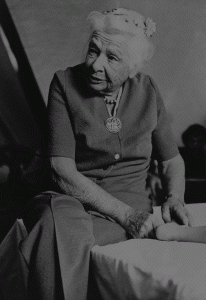“Movement is something we ARE, not something we do,” says Continuum Movement founder the late Emilie Conrad. As we breathe and our blood circulates our bodies are in constant motion; indeed, lack of movement is a prime indicator of death. Movement happens when a signal from the central nervous system stimulates a muscle to contract causing the body part to which the muscle is attached to move in a controlled manner. Controlled movement results from the dynamic tension existing in our myofascial/muscle system.
Generally speaking two kinds of muscles create movement : flexors and extensors. They work in pairs, each contributing to the full range of motion with flexors flexing and extensors extending. When we reach to pick up a spoon we are extending, flexion brings the spoon to our mouth. Pairs of specialized muscles exist throughout the body enabling us to do all the things which make our lives meaningful.
Usually these functions carry on without the need for us to pay a lot of attention to the mechanics of movement so we can concentrate on the activity we are engaged in. Life is not always kind to our bodies. Injury or misuse can change the balanced tension between muscles to a state of chronic tension.The connective tissue then changes form by shortening to compensate for the imbalance. Neural signals to the affected area adapt to the reduced range of motion so it becomes the sometimes painful norm. When we get tired of the pain and inconvenience it causes we can turn to a bodyworker to help us restore the form and regain function.
If the bodyworker you choose practices Structural Integration you will be asked to make small movements or breathe into the area where the practitioner is working. There are a couple of reasons for this. One is to keep the client engaged in their transformational process, the other is neural muscular reeducation. The practitioner is obeying the edict of Ida Rolfs third aphorism.
“Put it where it belongs and get it to move” is a summation of both the methodology and goal of Structural Integration work.
As the connective tissue in and around a muscle body is lengthened and opened, the muscle is allowed to regain normal orientation to its neighbours. Having it move while in place serves notice to the nervous system of the change so it will remember how to move that muscle in the future. As this process progresses through the body during the ten series the bodys movement memory takes a course of education which ensures that the changes made will stay as the body moves.

